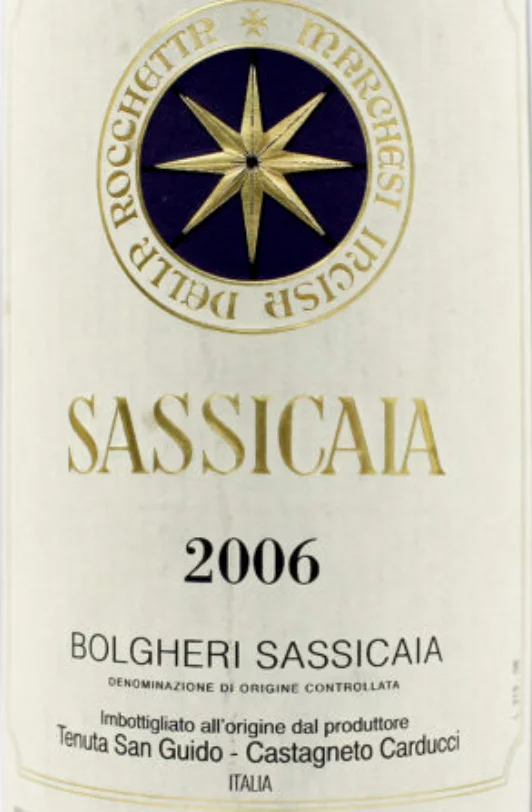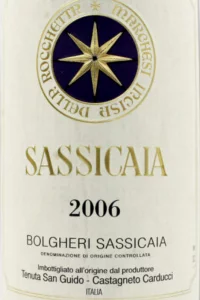London Wine Fair week tends to produce a large number of hangovers by 4pm. Luckily I did my homework and tactically manoeuvred my way around the very large and very packed exhibition centre to the tastings I thought would offer the most insight.
There was a good tasting of artisan Champagnes; and an excellent one of Cortons from Louis Latour; but the stand out event of the week for me was a Super Tuscan tasting.
Super Tuscans can be daunting. The name itself makes you think big wine, big price tag, big expectation. It is also a name that doesn’t provide any real information on what that wine ultimately is. There is no official Super Tuscan classification: the term is used for wines produced in Tuscany that include non-indigenous grapes.
The story goes that in the mid 1940’s the Sassicaia estate planted Cabernet Sauvignon vines given to them by Chateau Lafite-Rothschild in an attempt to produce a better quality Italian wine by blending them with the indigenous Sangiovese. The plan worked and, after Sassicaia’s commercial release in 1971, other producers followed suit. Some continued to blend with the Sangiovese grape while others began focusing on a “Bordeaux-blend” of grapes: Merlot, Cabernet Sauvignon, Cabernet Franc and to a lesser extent Petit Verdot.
And so the Super Tuscan was born. As its reputation and price have increased it has become awkward that it could receive no higher classification than Vini da Tavola. So in order to distinguish them from other table wines people started referring to them as Super Tuscans.
Today, the term still holds those same connotations of grandeur but it’s clearly not always justified. A growers ability to grow and produce wines from something other than Sangiovese within Tuscany does not automatically make their wine spectacular. It solely describes what the wine is likely to be made of and where.
The tasting offered five Bordeaux blend wines and one Sangiovese with a touch of Merlot.
The six wines were from two estates, one in central Tuscany, the other on the coast in Bolgheri.
The juxtaposition of the two regions in a single tasting was remarkably useful. Central Tuscany is notoriously warm in the summer and, although this estate is protected by surrounding mountains, the grapes will still produce a wine typical to a warmer climate. Bolgheri on the other hand is coastal and therefore will benefit from a maritime climate, the sea breeze cooling everything down.
The Sangiovese blend had the typical violet notes you get from this grape but there was a simplicity to the wine; it was bold and fruity but didn’t have any major complexity to it.
The Bordeaux blends were a cut above. They provided several wines of different vintages that highlighted what a bit of bottle age can do. The colour turning from bright red with a hint of purple to more Claret tones of deep red with an edge of brown. The fruit that was so bold in the younger bottles had already started to settle in the older ones and alluded to the presence of spice, tobacco and eucalyptus.
Super Tuscan Recommendations
When it comes to what to buy, we would recommend a bit of experimentation with Super Tuscans. Establish whether you prefer a Sangiovese heavy blend over a Bordeaux blend; try different regions to see which style appeals to your palate; and look to see what the different producers can offer. Starting with a producers more basic range can help.
If you are looking to try a Super Tuscan Bordeaux blend that has a good amount of age and will have settled into itself may we recommend the following:
2001 Tenutta Sete Ponte Oreno Toscana IGT £80 per bottle
If you are feeling like splashing out on something spectacular you can’t go wrong with a classic Sassicaia. The 2006 was a very good vintage, clean, fresh but supple and long on the palate:


